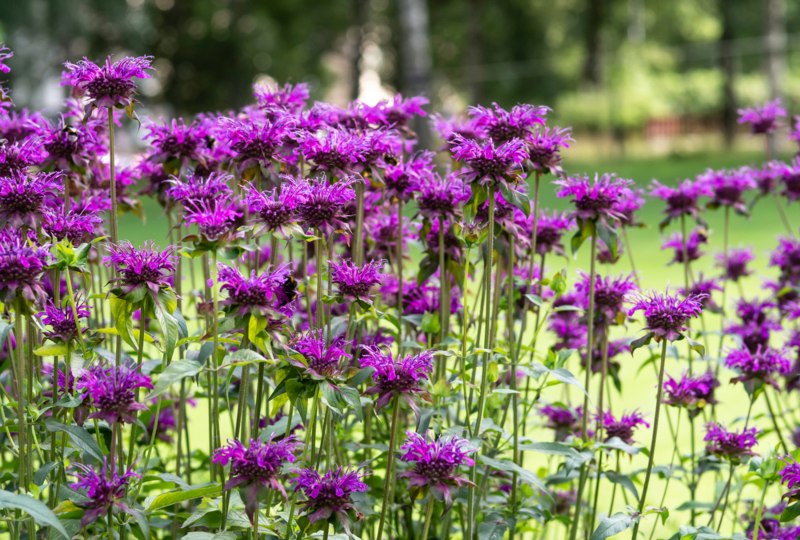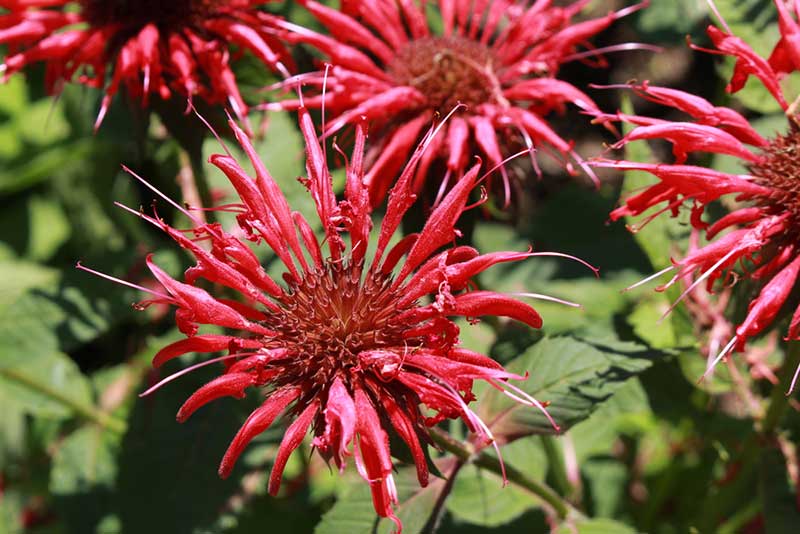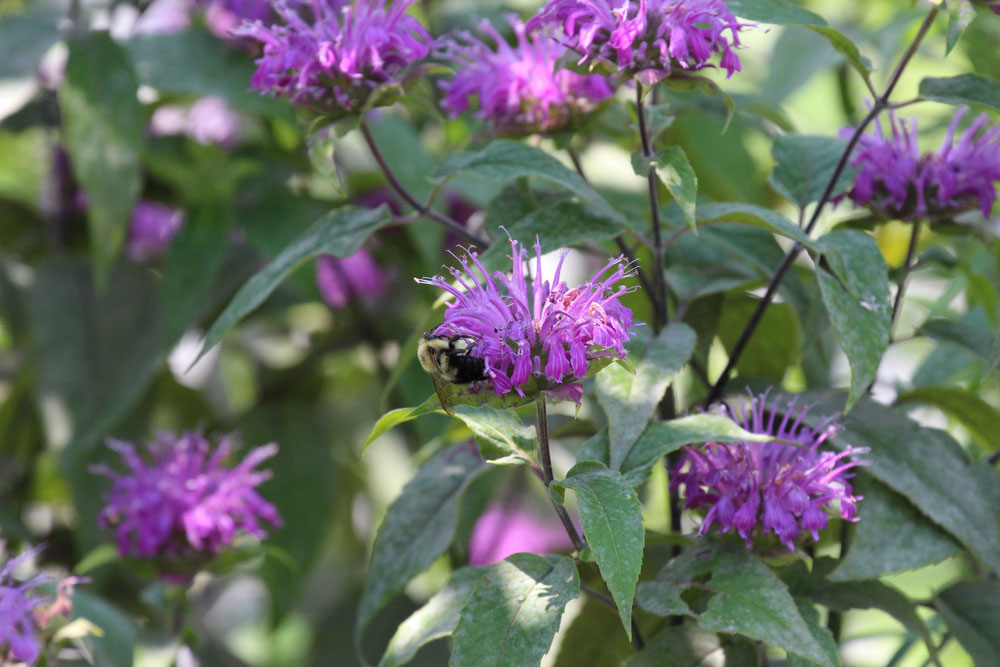
As a gardening enthusiast, I am always looking for ways to improve the health and beauty of my plants. One question that often arises is when is the best time to divide bee balm? This is an important question to consider as dividing at the wrong time can harm the plant’s growth and overall health.
After conducting research and consulting with gardening experts, I have found that the best time to divide bee balm is in the early spring or fall. Dividing in the spring allows the plant to establish new roots before the heat of summer, while dividing in the fall gives the plant time to establish roots before the winter freeze.
It’s important to avoid dividing during the hot summer months as the stress of transplanting can cause the plant to struggle and potentially die.

Optimal Timing for Division
Seasonal Considerations
As a bee balm enthusiast, I have found that the best time to divide bee balm is in the early spring or fall. (Preferably in the spring than fall.) During these times, the plant is dormant and not actively growing, making it easier to transplant and divide without causing too much stress to the plant.
In the spring, it is best to wait until the soil has thawed and the ground is no longer frozen. This usually occurs in late March or early April, depending on your location. Dividing bee balm during this time allows the plant to establish new roots before the hot summer months.
In the fall, it is best to divide bee balm after it has finished blooming and before the first frost. This gives the plant enough time to establish new roots before the winter sets in.
Lifecycle Stages
When dividing bee balm, it is important to consider the plant’s lifecycle stages. For instance, if you divide bee balm when it is in full bloom, it may cause the plant to go into shock and affect its overall health. Therefore, it is best to divide bee balm during its dormant stage.

Another important factor to consider is the age of the plant. If the plant is young and has not yet established a strong root system, it may not survive the division process. On the other hand, if the plant is too old and has become woody, it may be difficult to divide and transplant.
In conclusion, timing is everything when it comes to dividing bee balm. By dividing the plant during its dormant stage and considering its lifecycle stages, you can ensure a successful transplant and a healthy, thriving plant.
Division Techniques
Preparing the Plant
Before dividing your Bee Balm, it’s important to prepare the plant properly. Start by watering it thoroughly a day or two before dividing. This will help the plant to recover more quickly after division. Next, cut back the foliage to about half its height. This will reduce the amount of stress on the plant during the division process.
Step-by-Step Division
- Dig up the entire plant using a garden fork or shovel. Be sure to dig deep enough to get all of the roots.
- Shake off as much soil as possible from the roots, then gently separate the clump into smaller sections. Use your hands or a sharp knife to separate the roots.
- Each section should have several healthy shoots and a good root system. If any of the sections have damaged or weak roots, trim them back with a sharp pair of scissors.
- Replant each section immediately in a prepared hole. Make sure the hole is deep enough to accommodate the roots and that the soil is well-draining. Water the newly divided plants thoroughly.
Dividing Bee Balm is a simple process that can be done quickly and easily. By following these simple steps, you can ensure that your plants will continue to thrive and provide you with beautiful blooms year after year.

Aftercare for Divided Bee Balm
Planting
After dividing your bee balm, it is important to plant them in a suitable location. Choose a spot that is well-draining and receives at least six hours of sunlight daily. Bee balm plants prefer slightly acidic and fertile soil, so amend your soil with compost or well-rotted manure before planting.
When planting, make sure the crown of the plant is level with the soil surface. Water the plant thoroughly after planting to help settle the soil around the roots.
Watering
Water your divided bee balm regularly to keep the soil moist but not waterlogged. During the first few weeks after dividing, the plants may need more frequent watering to help them establish their roots.
Avoid overhead watering, which can lead to fungal diseases. Instead, water at the base of the plant using a soaker hose or drip irrigation.
By following these simple aftercare tips, your divided bee balm should thrive and provide you with beautiful blooms for years to come.








